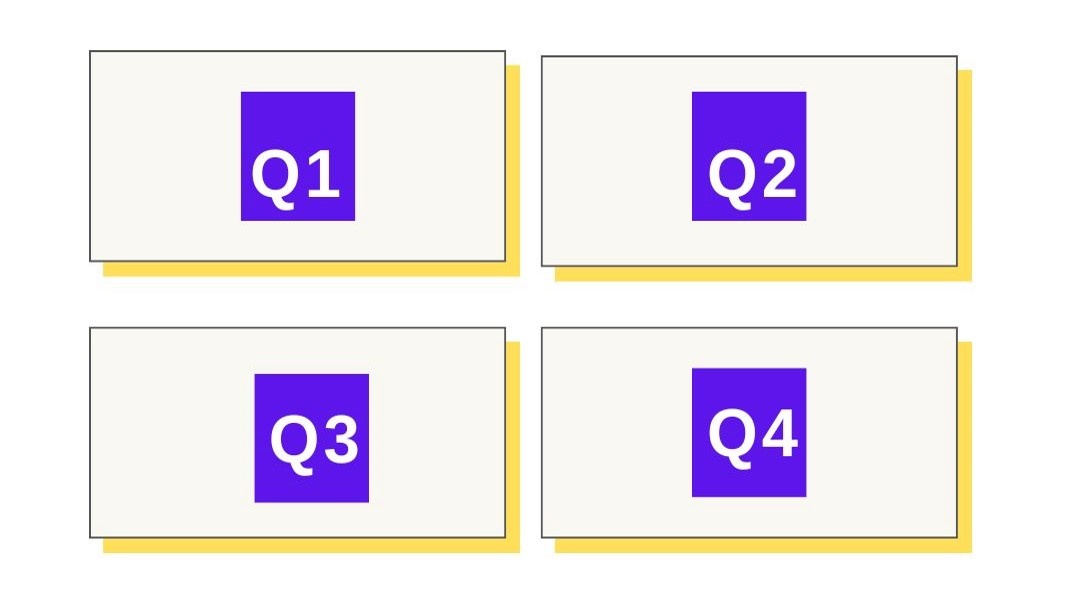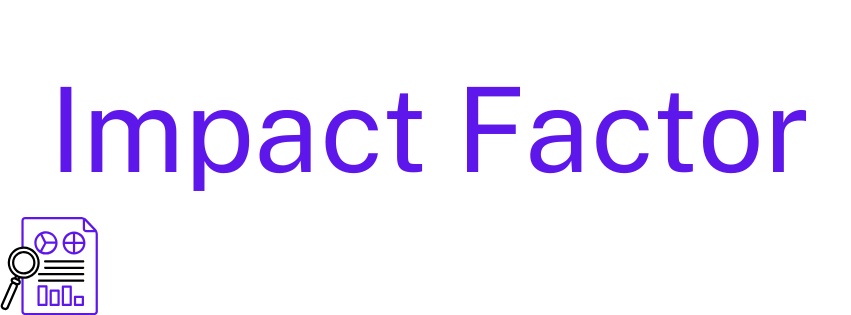This Is What Separates an ISI-Accepted Paper from the Rest


Publishing in ISI-indexed journals is a prestigious goal for academics, researchers, and students alike. But reaching this level requires more than just writing—it requires quality research, a clear presentation, and a strong understanding of what ISI journals are and what they expect.
In this article, we explore everything you need to know: what ISI journals are, their history, benefits of ISI publication for different groups, the qualities of publishable research, and how journals are ranked in the ISI system. This comprehensive guide aims to help you understand what truly separates an ISI-accepted paper from the rest?
The term ISI stands for the Institute for Scientific Information, founded by Eugene Garfield in 1960 in the United States. ISI played a pioneering role in citation indexing and the quantitative evaluation of scientific literature.
Today, the ISI database is maintained by Clarivate Analytics and functions under the Web of Science (WoS) platform. It is considered one of the most authoritative and selective indexing systems for academic journals worldwide.
The Master Journal List is an official database maintained by Clarivate where you can find all journals indexed in Web of Science, including those under:
Science Citation Index Expanded (SCIE)
Social Sciences Citation Index (SSCI)
Arts and Humanities Citation Index (AHCI)
Emerging Sources Citation Index (ESCI)
Website: https://mjl.clarivate.com
You can search for indexed journals by title, ISSN, subject category, and publisher.
ISI journals span across almost all academic disciplines, including but not limited to:
Natural Sciences (Physics, Chemistry, Biology, Earth Sciences)
Engineering and Technology
Medicine and Health Sciences
Social Sciences (Sociology, Psychology, Education, Economics)
Humanities (Philosophy, History, Literature)
Business and Management
Law and Political Science
Agriculture and Environmental Sciences
Publishing in ISI journals offers a wide range of career, academic, and professional benefits for different groups. Let’s look at them.

Academic Promotion: Boosts academic rank and status
Higher Salary: Contributes to better compensation and benefits
Elite Membership: Eligibility for joining bodies like the National Elites Foundation
Reputation: Recognized as a field expert
Grant Opportunities: Access to well-funded research projects
Intellectual Ownership: Permanently archives authorship and research
Global Exposure: Share work with the international academic community
Confidence Building: Increases professional self-esteem and pride
Thought Leadership: Enables scholars to shape discourse in their field
PhD Admission: Easier acceptance into doctoral programs
Scholarships: Increased chances of international scholarships
Job Opportunities: Preferred by public and private employers
Faculty Jobs: Easier recruitment into academic institutions
Elite Recognition: Eligibility for national honors programs
Research Identity: Recognized as a serious contributor in the field
Funding Access: Participation in funded projects
Confidence Boost: Pride in academic achievements
Intellectual Expression: A platform to share independent perspectives
Permanent Record: Long-term academic footprint
Scientific Rank: Enhances academic and technical rank
Income Increase: Improves salary and job benefits
Managerial Promotion: Adds credibility to leadership roles
Expert Recognition: Establishes authority in a technical field
Policy Influence: Supports evidence-based decision-making
Knowledge Sharing: Allows work to be accessed by global audiences
Private and Public Sector Recognition: Boosts collaboration opportunities with government and industry
To increase your chances of acceptance in an ISI journal, your research should demonstrate the following characteristics:

Quality | Description | How to Improve |
Originality | Offers new insight, theory, or method | Conduct thorough literature review to find research gaps |
Relevance | Addresses current and significant issues in the field | Align your topic with journal scope and global concerns |
Methodological Rigor | Clear design, proper sampling, valid tools | Consult with a methodologist or experienced researcher |
Clarity of Writing | Well-organized, concise, and academic tone | Use proofreading tools or professional editing services |
Proper Referencing | Accurate and up-to-date citations | Use reference managers like Zotero or EndNote |
Theoretical Framework | Strong background that supports your hypothesis | Build from recognized theories in your discipline |
Ethical Standards | Research integrity, informed consent, plagiarism-free | Follow institutional guidelines and use plagiarism checkers |
Impact Potential | Demonstrates how results can influence theory or practice | Clearly explain implications in the discussion section |
Clarivate Analytics indexes journals under various categories in the Web of Science:
Covers: Natural and applied sciences including physics, chemistry, biology, medicine, and engineering
Purpose: To track highly impactful journals advancing scientific knowledge
Importance: Widely recognized for rigorous peer review and high visibility
Covers: Social science disciplines like psychology, sociology, political science, economics, and education
Purpose: Disseminates research on human behavior, society, and social structures
Importance: Essential for social science researchers aiming for broad academic influence
Covers: Humanities fields such as history, philosophy, literature, and linguistics
Purpose: Focuses on theoretical, cultural, and critical studies
Importance: Key for researchers in arts and humanities seeking to contribute to scholarly dialogue
Covers: New, regional, or developing journals under evaluation for full ISI inclusion
Note: Journals in ESCI do not yet have an Impact Factor
Importance: Ideal for early-career researchers or region-specific studies to gain visibility and credibility
Related Article
ISI journals are ranked into quartiles based on their Impact Factor within their subject category.

Quartile | Meaning | Acceptance Difficulty | Ease of Publication | Cost Considerations |
Q1 | Top 25% journals by Impact Factor | Very competitive | Strict peer review, longer review times | Usually higher publication fees (APCs), especially for open access |
Q2 | 25–50% range | Moderately competitive | Moderate difficulty; good balance for many authors | Moderate fees, less than Q1 but still significant at times |
Q3 | 50–75% range | Less competitive | Easier to publish; suitable for early-career researchers | Generally lower fees; faster review processes |
Q4 | Bottom 25% | Least competitive | Easiest among ISI journals; quicker acceptance | Often lowest fees or no fees, but still reputable |
✅ Tip: If you’re new to publishing, start with Q3 or Q2. As your research gains depth, aim for Q1 journals.

The Impact Factor is a metric that reflects the average number of citations received by articles in a journal over a specific period—usually two years. It is calculated by Clarivate Analytics.
Indicates the journal’s influence and prestige
Higher IF means more visibility and citation potential
Used by institutions for performance evaluations and funding
If a journal published 100 articles in 2022–2023, and these were cited 500 times in 2024, its 2024 IF is:
Different academic fields have different citation behaviors, so a “good” IF depends on the subject area.
IF below 1: Usually considered low — common for new or very specialized journals.
IF between 1 and 3: Moderate impact — typical for many reputable journals in social sciences, humanities, and some sciences.
IF above 3: High impact — strong journals in many scientific, medical, and engineering fields.
IF above 5: Very high impact — top journals, widely read and cited globally.
IF above 10: Exceptional impact — prestigious journals like Nature, Science, and The Lancet.
A “good” IF means your research is more likely to be noticed and cited.
Always compare IFs within your specific discipline because citation rates vary greatly by field.
SITA Academy is a trusted partner for researchers, backed by a proven track record and extensive experience in successfully publishing thousands of articles in ISI journals. Our expert team is fully familiar with the publication process and well-versed in the standards of reputable national journals, making your path to success smoother and faster.
With thousands of successful publication projects to our name, SITA Academy’s expertise and professionalism are evident. This depth of experience ensures a stress-free and efficient acceptance process—helping you achieve the results you’re aiming for.
If you're planning to publish in ISI journals, SITA Academy is your reliable choice for guidance and support throughout the journey.
If you have any questions, inquiries, or would like to learn more about our services, please don't hesitate to reach out to us. Our dedicated team is ready to assist you.